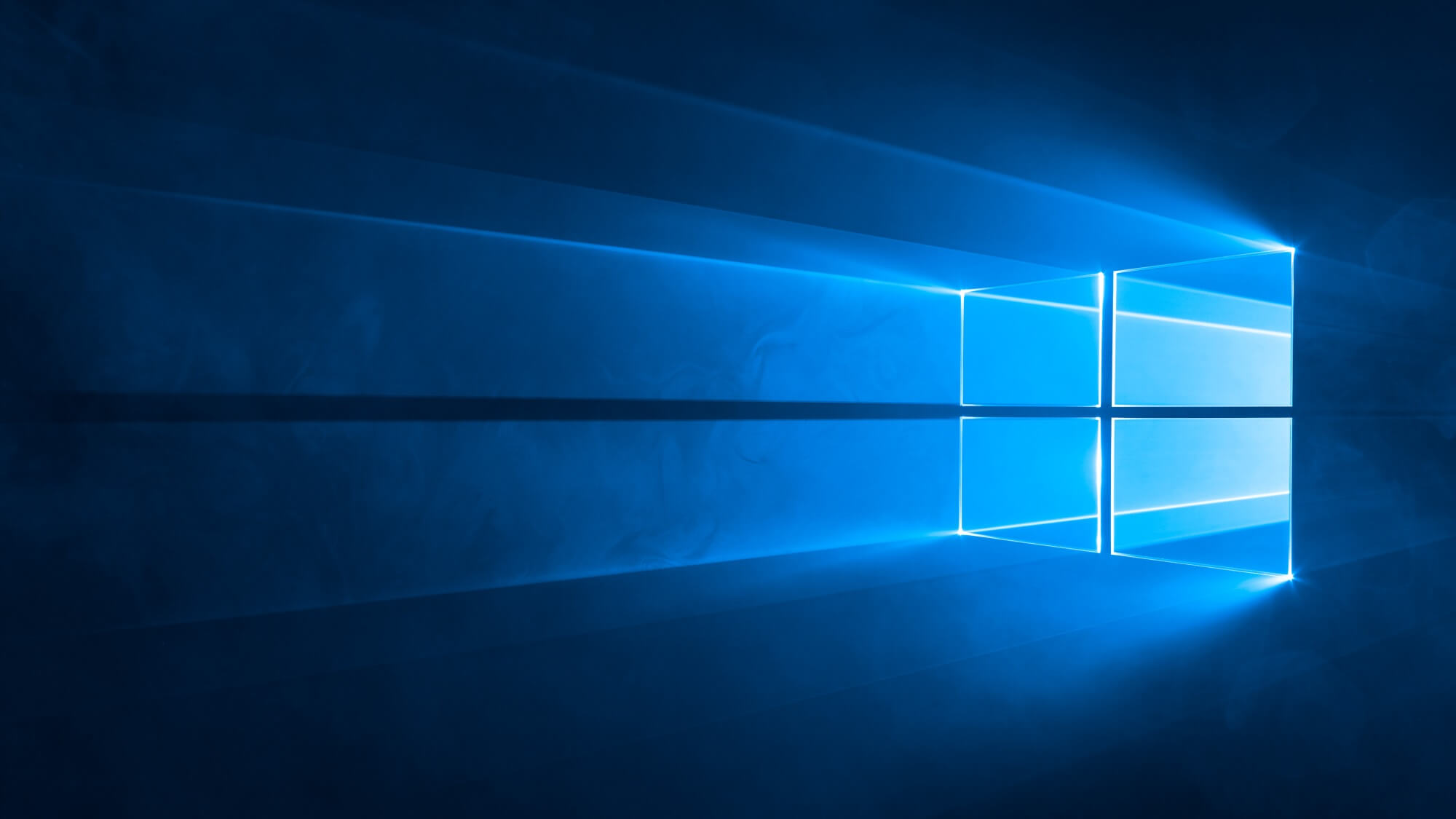Underpromise and overdeliver — an easy concept to grasp, but not always to execute. When it comes to Windows 10, it’s particularly difficult to pull off, as Microsoft was once again reminded this week.
Windows 10 is a service, meaning it was built in a very different way from its predecessors so it can be regularly updated with not just fixes, but new features, too. Microsoft has released many such updates, including three major ones: November Update, Anniversary Update, and Creators Update. The next one is the Fall Creators Update, which brings even more functionality.

Unlock premium content and VIP community perks with GB M A X!
Join now to enjoy our free and premium membership perks.
![]()

![]()